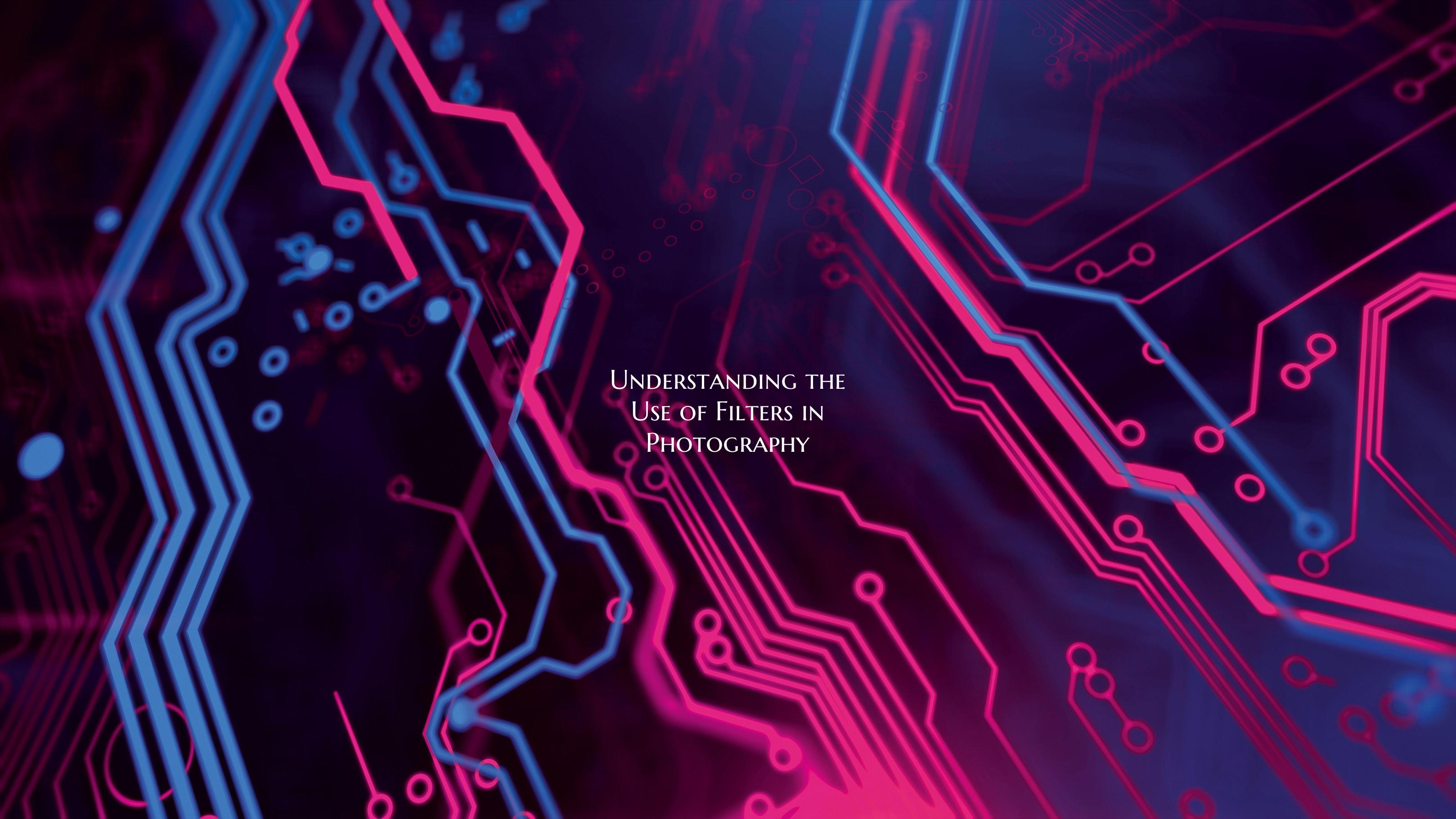Understanding the Use of Filters in Photography
Filters are essential tools in the world of photography, offering photographers a range of creative possibilities and technical solutions to enhance their images. Understanding the use of filters in photography can significantly impact the outcome of your photos and expand your creative vision.
One of the most common types of filters used by photographers is the UV filter. This filter primarily serves to protect the camera lens from scratches, dust, and dirt. While it may not have a significant impact on the actual image quality in most situations, having a UV filter on your lens can provide an extra layer of protection for your expensive equipment.
Another popular type of filter is the polarizing filter, which helps to reduce reflections and glare, enhance colors, and improve contrast in outdoor photography. By rotating the filter, photographers can adjust the amount of polarization effect to achieve the desired outcome, such as deeper blue skies or reduced reflections on water surfaces.
Neutral density (ND) filters are valuable for controlling the amount of light entering the camera, allowing photographers to achieve longer exposure times even in bright conditions. These filters are particularly useful for capturing silky smooth waterfalls, motion blur in moving subjects, or achieving a shallow depth of field in bright sunlight.
Graduated neutral density (GND) filters are essential for balancing exposure in high-contrast scenes, such as landscape photography where the sky is significantly brighter than the foreground. By darkening the brighter areas of the image, GND filters help photographers capture a well-exposed scene without losing details in the highlights or shadows.
Creative filters, such as color filters or diffusion filters, offer photographers the ability to add artistic effects to their images. Color filters can enhance specific colors or create a monochromatic effect, while diffusion filters soften the overall image for a dreamy or romantic look.
Understanding the characteristics and applications of different types of filters in photography can empower photographers to experiment with new techniques, solve technical challenges, and express their creativity in unique ways. By incorporating filters into your photographic workflow, you can elevate the visual impact of your images and create compelling photographs that resonate with viewers.

